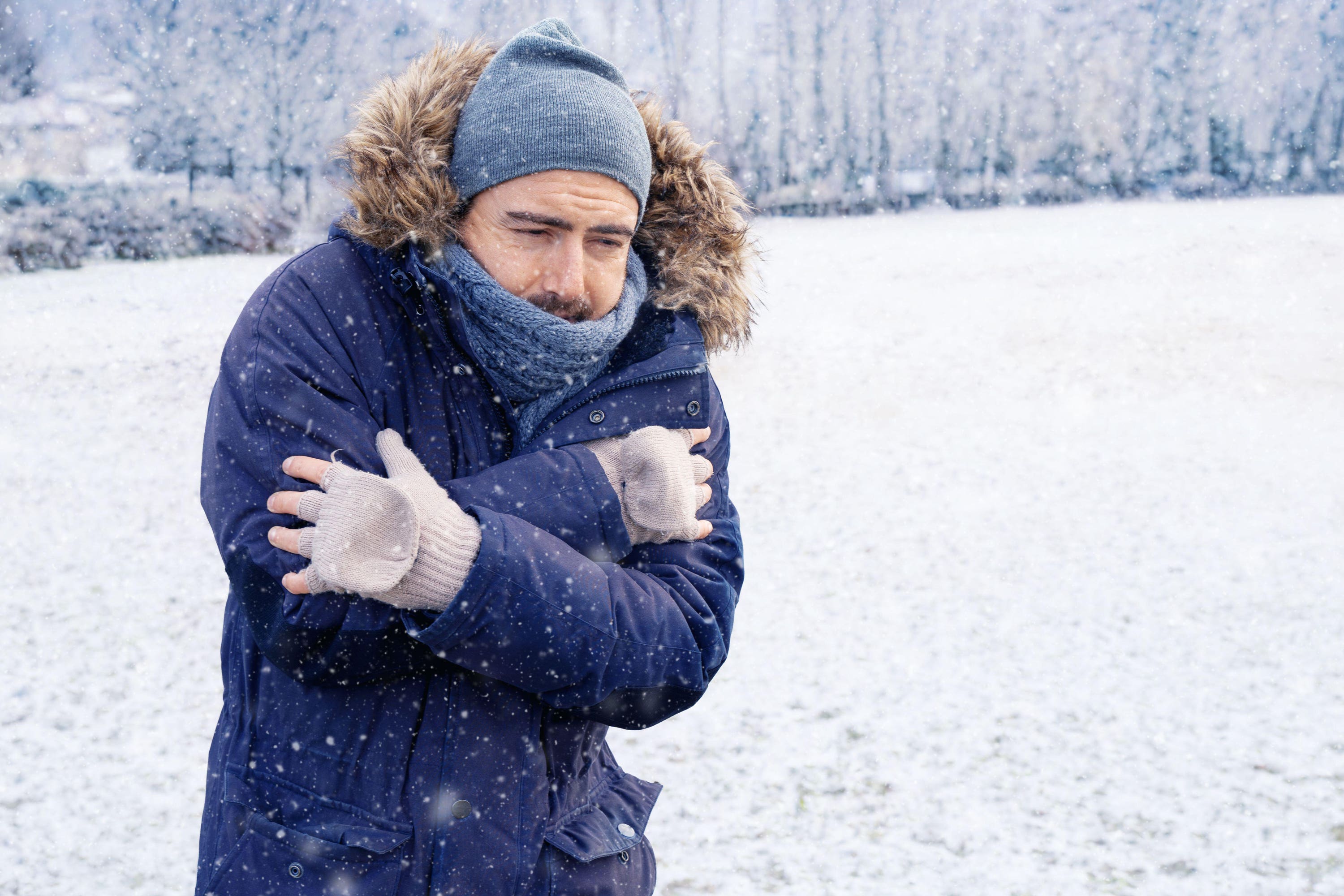Effective Cold Compress For Hickey: Your Guide To Soothing Skin Today
Sometimes, a little mark can appear on your skin, a souvenir of a passionate moment, and you might find yourself wondering what to do about it. That tell-tale discoloration, often called a hickey, is actually a bruise, a small collection of blood under the skin. It happens when tiny blood vessels, which are really quite delicate, break open from suction or pressure. You see, when these little vessels give way, the blood escapes and settles just beneath the surface, creating that familiar red, purple, or even brownish spot that many people want to make less noticeable, and fast, you know?
It's a common thing, really, and while it's usually harmless, many folks prefer to have it fade away as quickly as possible. This is where home remedies come into play, offering some simple ways to help your skin look its best again. People often look for quick fixes, and there are, you know, some methods that can really make a difference in how long these marks stick around. We're going to explore one of the most popular and often quite effective approaches: using a cold compress for hickey marks.
So, if you're looking for ways to gently encourage that mark to disappear, or at least become less prominent, a cold compress might be just what you need. It’s a pretty straightforward method, actually, and it uses the power of chill to help your body manage that little bruise. We'll walk through why it works, how to do it right, and some other helpful tips to get your skin back to its usual self, very, very soon.
- Fruit Of The Loom Cornucopia
- Earthy Style Dress To Impress
- Remoteiot Vpc Ssh Windows 10 Without
- Nba 2k25 Locker Codes
- Jojo Siwa Magazine Cover
Table of Contents
- What Exactly is a Hickey, Anyway?
- Why a Cold Compress for Hickey?
- How to Apply a Cold Compress Effectively
- Beyond the Cold: Other Home Remedies
- When to Seek Professional Advice
- Frequently Asked Questions About Hickeys
What Exactly is a Hickey, Anyway?
Before we talk about how to make them less visible, it’s helpful to understand what a hickey actually is. It's not, like, some mysterious skin condition; it's just a bruise. When someone applies suction to your skin, the pressure can be strong enough to break those tiny blood vessels, which are called capillaries. These little vessels are really quite fragile, so they can burst fairly easily, you know.
The Science Behind the Mark
Once those capillaries break, the blood that was inside them leaks out into the surrounding tissue. This pooled blood is what creates the discoloration you see on your skin. Initially, it might look red, then as the blood begins to break down, it can turn darker, like purple or blue, and then eventually fade to green, yellow, or brown before disappearing completely. This process, actually, is very similar to how any other bruise on your body heals, which is kind of interesting.
Why a Cold Compress for Hickey?
So, why is a cold compress such a popular choice for these marks? Well, it all comes down to how cold affects those broken blood vessels and the surrounding area. When you apply something cold, it causes the blood vessels to constrict, or get smaller, which is pretty much the first thing you want to happen after an injury, so.
- Tattoo Artists Near Me
- How To Measure Inseam
- Victoria Secret Credit Card
- Good Morning In Italian
- Dr Pepper Creamy Coconut
Cooling Down the Bruise
When those vessels constrict, they help to reduce the amount of blood that can leak out into the tissue. This means less blood pooling under the skin, which can make the hickey appear less intense and possibly keep it from getting bigger right after it happens. It also helps to calm down any swelling and, arguably, can numb the area a little, making it feel better, too it's almost a natural pain reliever in a way.
When to Reach for the Chill
The best time to use a cold compress for hickey marks is right after you notice them, or as soon as possible after the suction occurred. The sooner you apply the cold, the more effective it can be at limiting the initial blood leakage and reducing the overall size and darkness of the bruise. If you wait too long, like a day or two, the blood has already settled, and the cold won't have the same impact on preventing further leakage, you know, though it can still help with swelling.
How to Apply a Cold Compress Effectively
Using a cold compress isn't complicated, but there are some good ways to do it to get the best results. You don't just want to slap some ice on there, as a matter of fact; there's a bit more to it than that for safety and effectiveness.
Gathering Your Supplies
First off, you'll need something cold. An ice pack is perfect, or a bag of frozen vegetables works really well, too, because it can mold to your skin. If you don't have those, just wrap some ice cubes in a clean cloth or towel. It’s important to always have a barrier between the ice and your skin, because direct ice can actually cause damage, which we definitely want to avoid, naturally.
The Right Way to Chill Out
Once you have your cold item wrapped up, gently place it over the hickey. Don't press too hard; just let the cold do its job. The idea is to cool the area down without causing more irritation. You want to feel the chill, but not, like, a painful freezing sensation. Move it slightly if it feels too intense in one spot, or, you know, adjust the cloth if you need more insulation.
How Long and How Often?
This is a pretty important part. You should only keep the cold compress on the area for about 10 to 20 minutes at a time. As my text mentions, you really shouldn’t "keep the cold wrap on the painful area for more than 20 minutes at a time." This is a good rule for any cold application to the skin, as leaving it on too long can restrict blood flow too much or even cause frostbite. After 20 minutes, take it off and let your skin return to its normal temperature for at least an hour before applying it again. You can repeat this process several times a day for the first 24 to 48 hours, which is typically when the cold is most beneficial, in a way.
Beyond the Cold: Other Home Remedies
While a cold compress for hickey marks is a great first step, it’s not the only thing you can do. There are other home remedies that people find helpful, especially as the hickey starts to age a bit. These often focus on encouraging blood flow and helping the body to clear away the pooled blood, you know.
Gentle Massage and Warmth
After the first 24 to 48 hours, when the initial swelling has gone down, you might consider a gentle massage. This can help to break up the trapped blood and encourage it to disperse. Use your fingers to gently rub the area in circular motions for a few minutes, a couple of times a day. You can also, interestingly enough, switch to warmth at this point. My text points out that "Heat helps reduce pain by relaxing and loosening tense muscles, and it promotes blood and" circulation. While a hickey isn't about tense muscles, increased blood flow from warmth can help carry away the broken-down blood cells, which is a bit of a different goal than the cold compress, actually.
Aloe Vera and Vitamin K
Some people also find that applying aloe vera gel can be soothing and might help with healing, thanks to its anti-inflammatory properties. Just make sure it’s pure aloe vera. Another popular suggestion is applying creams or lotions that contain Vitamin K. Vitamin K is known for its role in blood clotting, and some believe it can help the body reabsorb the blood that has leaked out, potentially speeding up the fading process, so. You can find more details about skin healing on sites like the American Academy of Dermatology Association, which is a great resource.
When to Seek Professional Advice
Most hickeys are harmless and will disappear on their own within a week or two. However, if a hickey seems unusually painful, doesn't start to fade after a couple of weeks, or if you notice any other concerning symptoms, it's always a good idea to chat with a healthcare provider. Sometimes, a mark that looks like a hickey could actually be something else, and it's always best to be sure, obviously. Learn more about skin health on our site, and link to this page here for more tips on bruising.
Frequently Asked Questions About Hickeys
How long does it take for a hickey to go away with ice?
Using a cold compress, especially right after the hickey appears, can definitely help it fade faster. It might not make it vanish instantly, but it can reduce the initial darkness and swelling. Typically, with consistent cold compress application, you might see a noticeable difference in a couple of days, potentially shortening the overall healing time from the usual 1-2 weeks, you know.
Does cold compress make hickeys worse?
No, a cold compress will not make a hickey worse, assuming you use it correctly. In fact, it's generally considered one of the best first steps to manage a fresh hickey. The key is to avoid direct ice on the skin and to limit application to about 10-20 minutes at a time, allowing the skin to warm up between sessions. Overdoing it with cold could, arguably, cause other skin issues, but it won't worsen the hickey itself, so.
When should you not use a cold compress on a hickey?
You should primarily use a cold compress during the first 24 to 48 hours after the hickey appears. After that initial period, the blood has already settled, and cold won't be as effective at preventing further leakage. At that point, some people switch to gentle warmth or massage to encourage blood flow and help disperse the pooled blood, which is a different approach, basically. Also, if your skin is already irritated or broken, you probably shouldn't apply a cold compress, or, you know, anything else without talking to a doctor.
So, when you're dealing with a hickey, remember that a cold compress for hickey marks is a simple, effective first step. It helps to calm the initial bruising and can make a real difference in how quickly that mark starts to fade. Just remember to be gentle with your skin, use a barrier, and don't overdo it with the chill. Your skin is pretty resilient, and with a little care, it'll be back to its usual self in no time, honestly, so.
- Four Seasons Orlando Baby
- What Is The 4th Hole Slang
- Red Hot Chili Anthony Kiedis
- Red Crab Juicy Seafood
- Best Shampoo And Conditioner

What is the cold snap actually doing to your body? | The Independent

Hypothermia Symptoms: What You Can Do to Best Protect Yourself - GoodRx

The Cold Weather Hater’s Guide to Getting Outside a Little More This